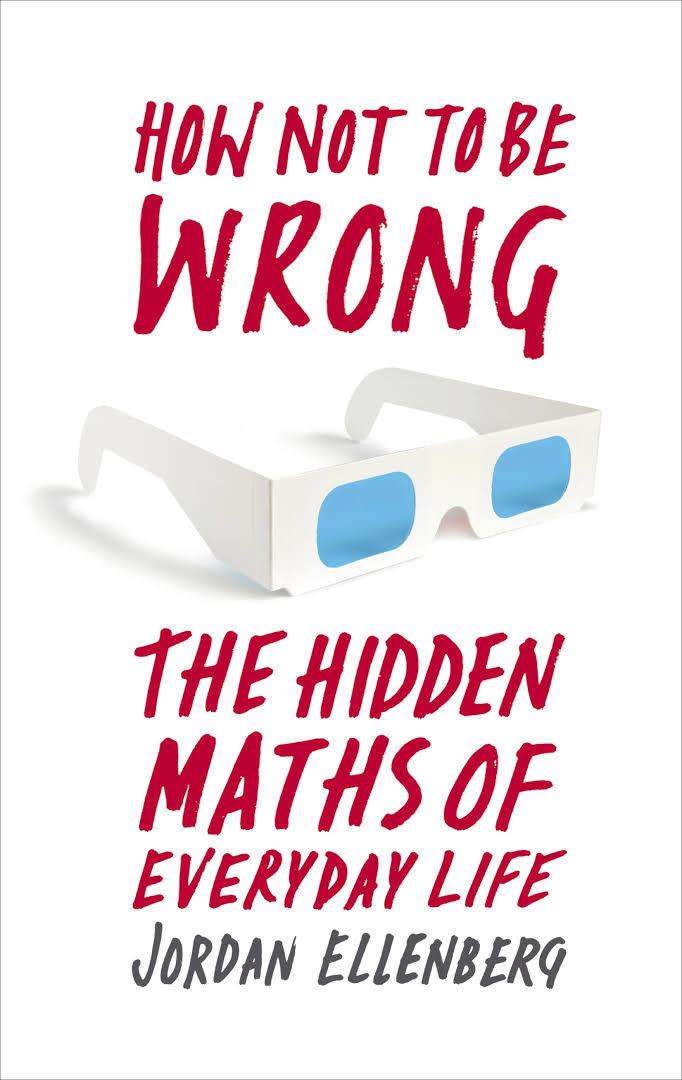7.8 /10 1 Votes7.8
Language English Pages 468 pp. Originally published 29 May 2014 Country United States of America | 3.9/5 Goodreads Media type Print ISBN 978-1594205224 Publisher Penguin Books | |||||||||||||||||||||||||||||||||
 | ||||||||||||||||||||||||||||||||||
Publication date May 29, 2014 (2014-05-29) Mathematics books A Mind For Numbers: How to E, The Joy of X: A Guided T, Is God a mathematician?, Adam Spencer's Book of N, ACT Math for Dummies | ||||||||||||||||||||||||||||||||||
How not to be wrong the power of mathematical thinking
How Not to Be Wrong: The Power of Mathematical Thinking, written by Jordan Ellenberg, is a book that connects various economic and socialistic philosophies with basic mathematics and statistical principles.
Contents
- How not to be wrong the power of mathematical thinking
- Jordan ellenberg how not to be wrong the power of mathematical thinking
- Summary
- Reception
- References
Jordan ellenberg how not to be wrong the power of mathematical thinking
Summary
How Not to Be Wrong explains the mathematics behind some of simplest day-to-day thinking. It then goes into more complex decisions people make. For example, Ellenberg explains that the many misnomers about lotteries and whether or not they can be mathematically beaten.
Ellenberg uses mathematics to examine real-world issues ranging from the fetishizing of straight lines in the reporting of obesity to the game theory of missing flights, from the relevance to digestion of regression to the mean to the counter-intuitive Berkson’s paradox.
Reception
Bill Gates endorsed How Not to Be Wrong and included it in his 2016 "5 Books to Read This Summer" list.
The Washington Post reported that the book is “brilliantly engaging… part of the sheer intellectual joy of the book is watching the author leap nimbly from topic to topic, comparing slime molds to the Bush–Gore Florida vote, criminology to Beethoven’s Ninth Symphony. The final effect is of one enormous mosaic unified by mathematics.”
The Wall Street Journal said, “Mr. Ellenberg writes, a kind of 'X-ray specs that reveal hidden structures underneath the messy and chaotic surface of the world.” The Guardian wrote, “Ellenberg's prose is a delight – informal and robust, irreverent yet serious.” How Not to Be Wrong has also garnered reviews from The New York Times, Kirkus Reviews, Times Higher Education, Salon, Scientific American, Publishers Weekly, among others.
